These days when trying to find information about fasting on the web, I feel more and more like reading rocket science articles. It feels like you should do so many things if you want to fast the right way.
Eat the right food in the right amount before, complements during fasting with nutrients, amino acids, break a fast this way and that way and give your digestive system time to adapt to food again, etc.
The problem I have with all this is:
- It makes fasting look hard, strenuous and strict, which it is not
- If you do intermittent fasting with 16 to 24h fasts, you don’t really need all this information
I’ve been intermittent fasting for several years and I’ve sometimes broken my 24h fast with 5 beers, bread, and sausages. It was stupid of course, but what I mean to say is: there is no great health risk from doing that occasionally.
And breaking a 24h fast shouldn’t suddenly become really complicated. When you do one meal a day, you just want to get one good, healthy, filling meal. With meat, carbs, vegetables, etc. You shouldn’t break your fast every day with junk food, but again, you won’t suddenly catch fire if you do. Hell, you’re not eating for the whole day, you might at least get pleasure from the only meal you get, don’t you?
So, I really want to emphasize that these best foods to break a fast are:
- Good practices that will help your body adapt and won’t put too much strain on your digestive system
- More relevant when doing longer fast, say several days. Then what you eat to break the fast is important if you do not want to get constipation, stomachache, etc.
To summarize, what are the best foods to break a fast? You should start with apple cider vinegar diluted in water before actually breaking the fast. It’ll help stimulate the digestive tract. Afterward a bone broth, some eggs and some spinach or kale in a small, no more than 500 calories, meal, would be ideal to replete your minerals and nutrients deficiencies.
But that’s not all there is to it, you’ll see there are many more foods that would also work great to break a fast and each one has its own benefits and nutrients. Here are what I’ve found to be the 11 best foods to break a fast.
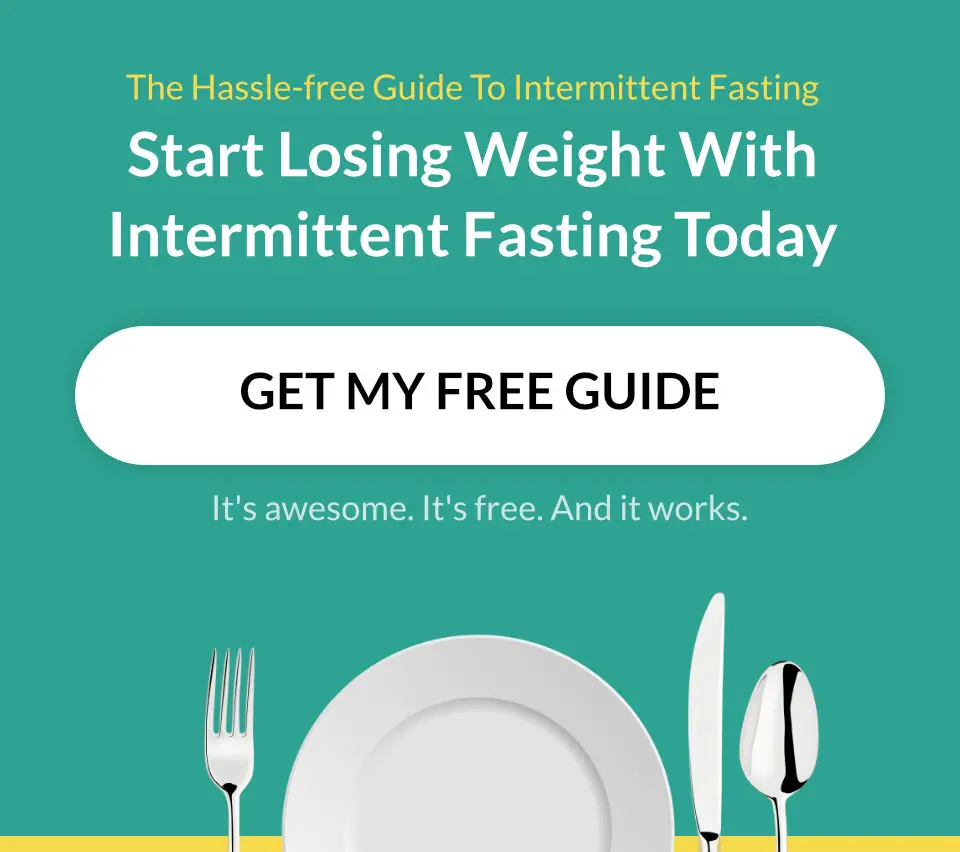
1. Apple cider vinegar (ACV)
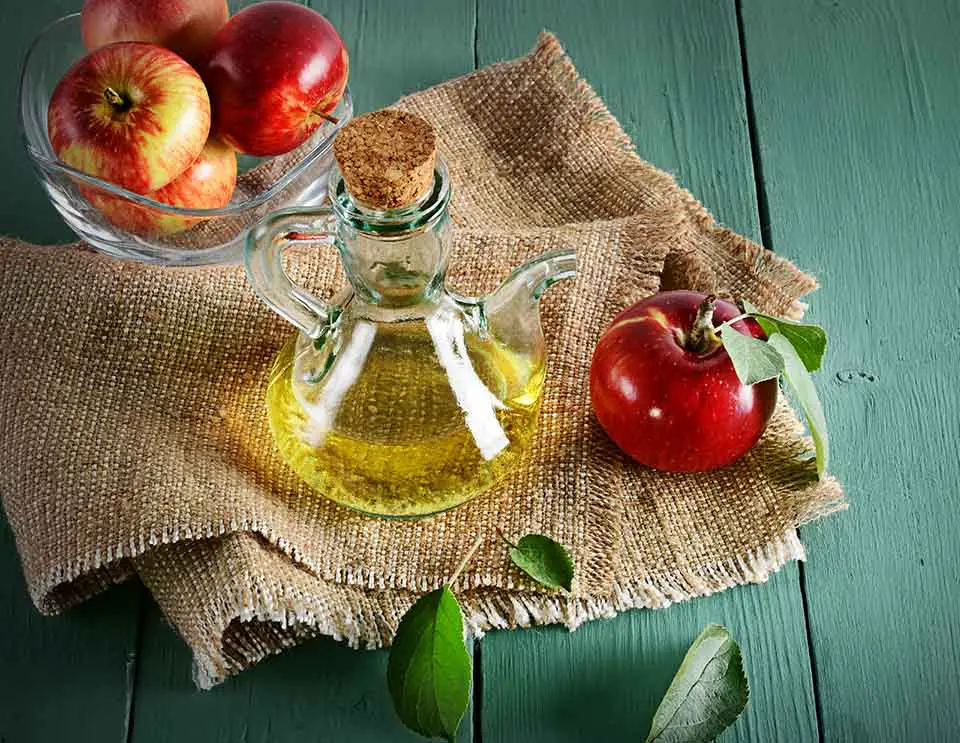
This is the new kid on the block when it comes to health. This new magic drink (which is actually an ancient remedy, like most of the new magic healthy food) improves overall health in many ways:
- Balances alkaline PH levels: Most of the time, we’re more acidic than alkaline, due to alcohol, bad diet, etc. ACV might be acidic, but when consumed it actually becomes alkaline.
- Kills off bad bacteria gut: ACV will help good gut bacteria and kill bad one since it has the ability to inhibit fungal and bacterial overgrowth
- Stabilize blood sugar: ACV lowers blood sugar and insulin levels and it might even make you feel fuller combined with eating
ACV is preventive. You can take a few tablespoons diluted in water during your fast. ACV does have a few calories, so on a technical level, it can break a fast. But at this dosage, it really won’t hurt and its benefits will far outgrow this technicality.
I would advise you to take some before breaking your fast. This way you’ll have two added benefits before your forthcoming meal:
- It will stimulate the digestive tract
- Help improve digestion on your first meal
- Make you feel fuller when eating. Even though you most likely won’t eat too much when breaking a fast, it’s a sure way to avoid this
Here’s a recipe for a non-breaking fast ACV drink you can have while fasting, courtesy of Thomas DeLauer.
- 10 to 12oz water
- 2 tablespoons of apple cider vinegar
- 1/2 teaspoon of cream of tartar
- 1/2 teaspoon of Pink Himalayan Salt
- The juice of 1 whole lime or 2 tablespoons of bottled lime juice
- Possible to add stevia to taste
Living in Switzerland I have to say I never found the cream of tartar in local stores. So, I tried this several times without, sometimes replacing lime with lemon.
The smell of ACV is quite strong, to the first few sips might be hard. But overall, I really like it and it’s a big change of taste from coffee, tea, and water you usually drink on fasting. Plus, all the added benefits!
If you’re not a fan of the taste but still want to get the benefits of apple cider vinegar, you can also check out these apple cider vinegar capsules (with added salt and added MCT Oil for improved consumption).
2. Bone broth
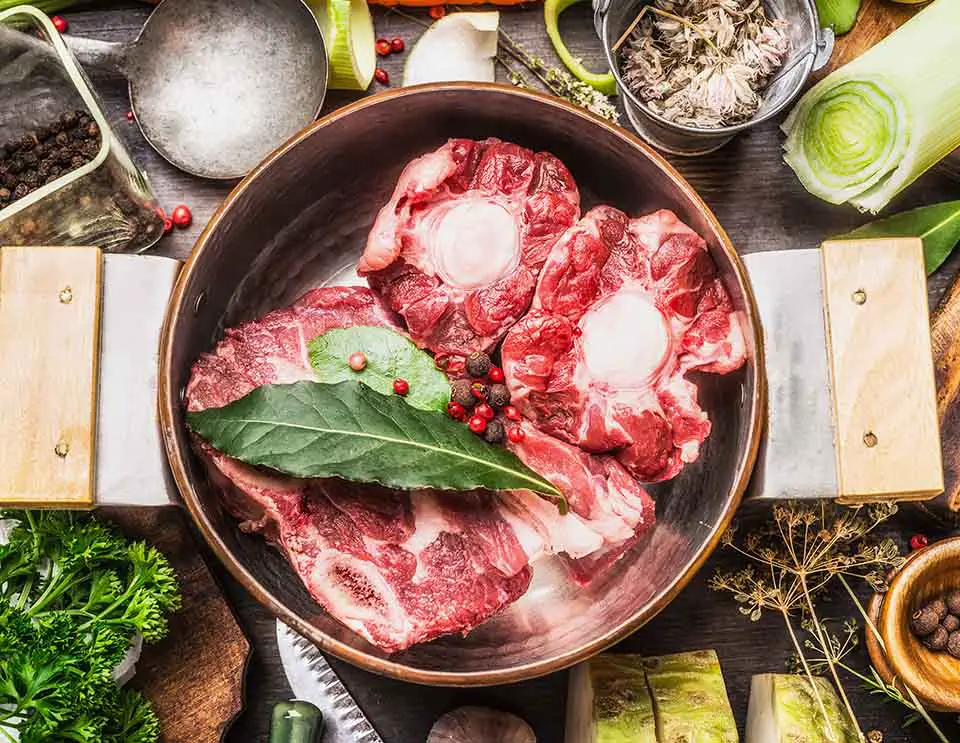
Why bone broths? Because it tastes really good, that’s why! Other than my personal taste, bone broth is excellent after a fast since it contains lots of electrolytes.
You’ll find magnesium, potassium, calcium, and sodium in bone broths since one of the main challenges when fasting is mineral depletion. Your gut’s been cleaned by the fast, drinking bone broth will help utilize the nutrients from the broth and the food you’ll eat afterward.
Other advantages of bone broths include:
- It’s rich in collagen, which will help you keep healthy bones, teeth, and nails
- It’s rich in glycine which might help with sleep quality. Since intermittent fasting and keto are known to disturb sleep, that can become handy
- It contains many amino acids that are anti-inflammatory
- It’s very low carbs of course.
You can get bone broth either as liquid broths or as a powder, both have to be mixed with water.
3. Spinach, kale

It might seem like an easy one and, yes, it is. When fasting, you might be depleted of some nutrients and vitamins. Kale and spinach are full of them, including:
- Vitamin C
- Vitamin B2
- Vitamin B6
- Vitamin E
- Vitamin A
- Vitamin K
- Manganese
- Folate
- Magnesium
- Iron
- Copper
- Calcium
- Potassium
You could either have them mixed in a smoothie, raw or cooked. I’ve seen many times people advocating for eating them raw, but I haven’t found actual data to back this up. So, I’d say eat them as you wish.
They are known to:
- Help digestion
- Prevent constipation
- Maintain blood sugar
Another thing, you could try and buy already made kale smoothies, even if I’d advise you to make your own (so that you actually know what it contains). But you can find good, all-natural ones like this kale powder from Koyah or this organic kale and avocado drink from Medlie.
4. Eggs
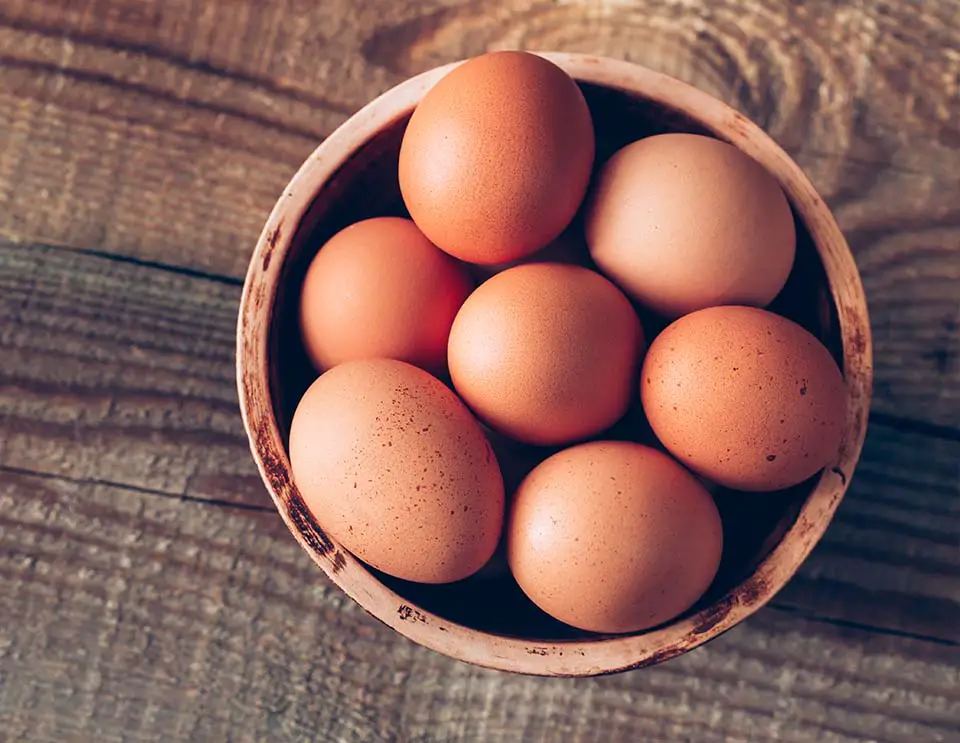
Eggs are a great way to get lots of proteins with a small amount of food. It’s great when breaking a fast because:
- The protein can help prevent muscle loss. If you exercise during the fast, that shouldn’t have too much of an impact, but you never know
- Eggs are leucine-rich. Leucine is one of the amino acid responsible for muscle grow
Eggs are easy to digest, low in calories, protein-rich and it can a great way to reduce appetite with a small amount of food. Especially when eating boiled eggs.
5. Nuts, chia seeds
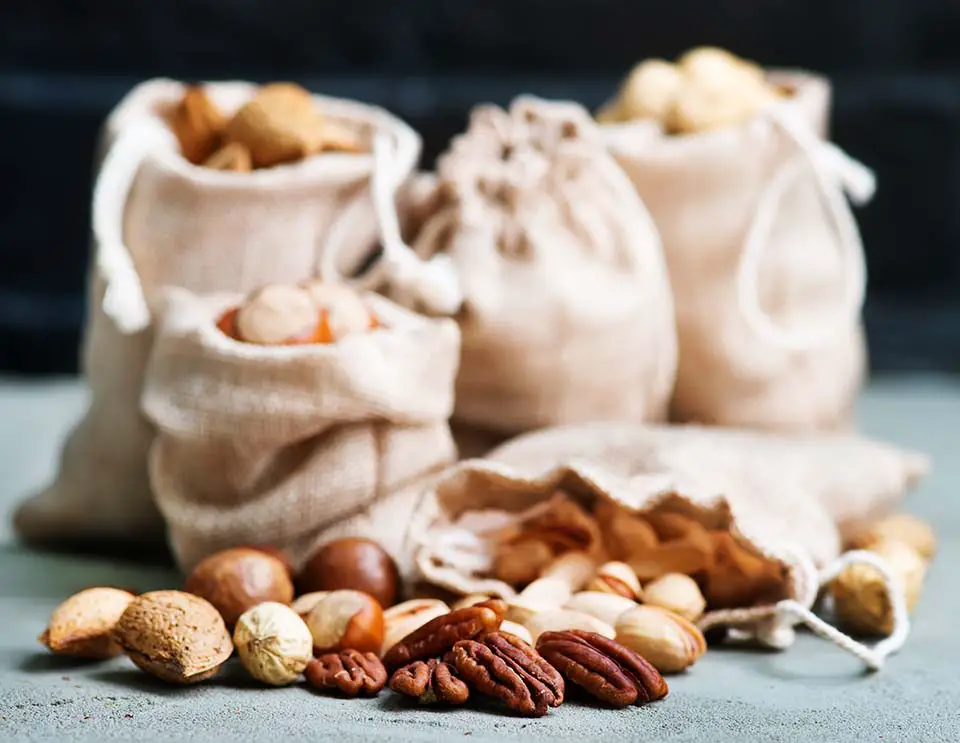
I could have added almond, flax seeds, helm seeds, pecan to this list. Again, you’ll be depleted of nutrients, so getting vitamin-rich food such as nuts and seeds is a great way to restore nutrient balance.
For example, chia seeds include manganese, phosphorus, copper, calcium, magnesium, iron and selenium.
Seeds are rich in good healthy fat, proteins, and fibers.
6. Fish
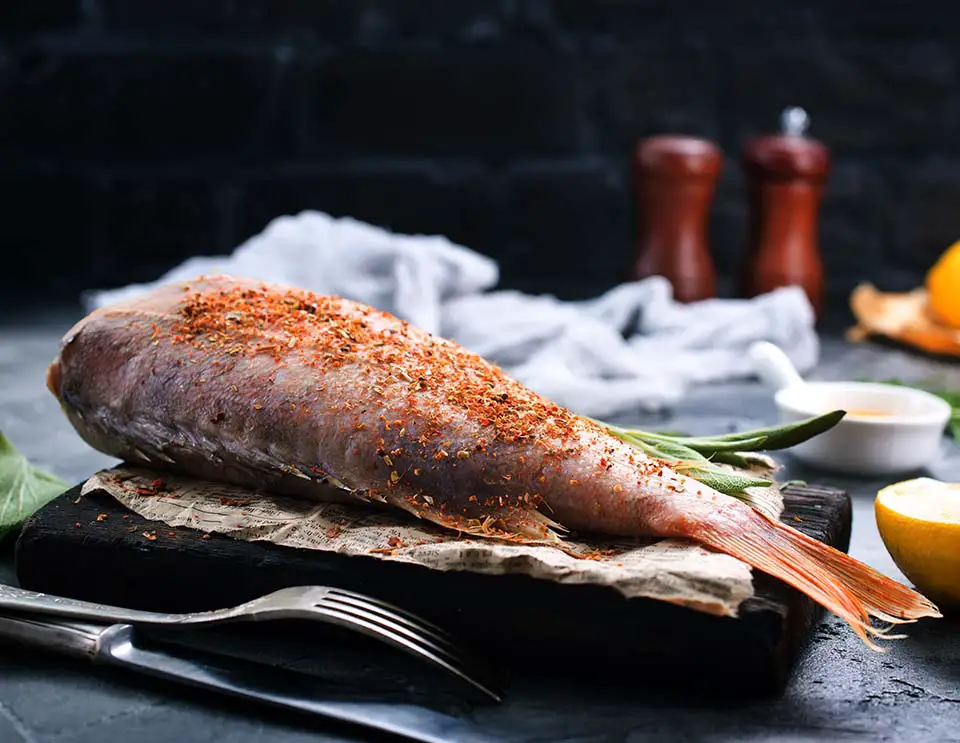
For a first meal, if you want to thread things lightly, you could try to have a fish broth instead of fish meat.
But eating fish on your first meal shouldn’t be too much of a problem. It won’t be hard on your digestive system and fish is a great source of:
- Healthy unsaturated fat with a lot of omega 3
- Proteins
- Vitamin D
7. Broccoli, cauliflower
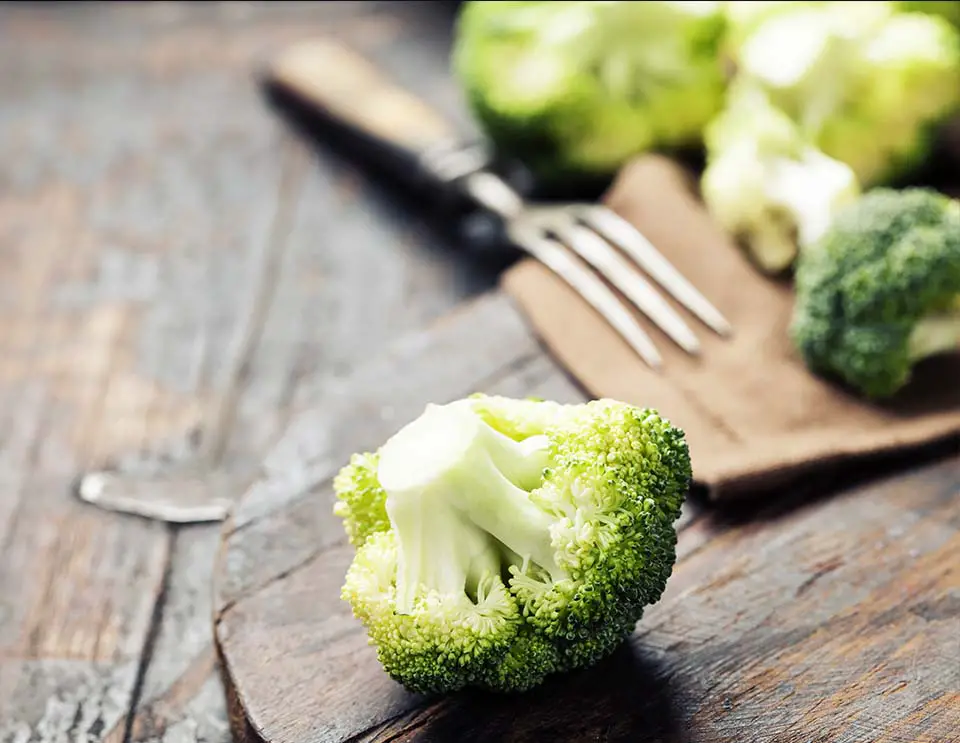
Broccoli, cauliflower, brussels sprouts are all cruciferous vegetables, and they’re particularly rich in fiber, nutrients, and vitamins.
As with fish, I would recommend eating them mixed or cooked. Of all of the cruciferous vegetables, I would advise you to mainly eat broccoli, which is the most digestible one.
And cruciferous vegetables are also packed full of minerals and vitamins including vitamin C, K, B2, B9, A, B5, B6, iron, magnesium, manganese, etc.
8. Watermelon
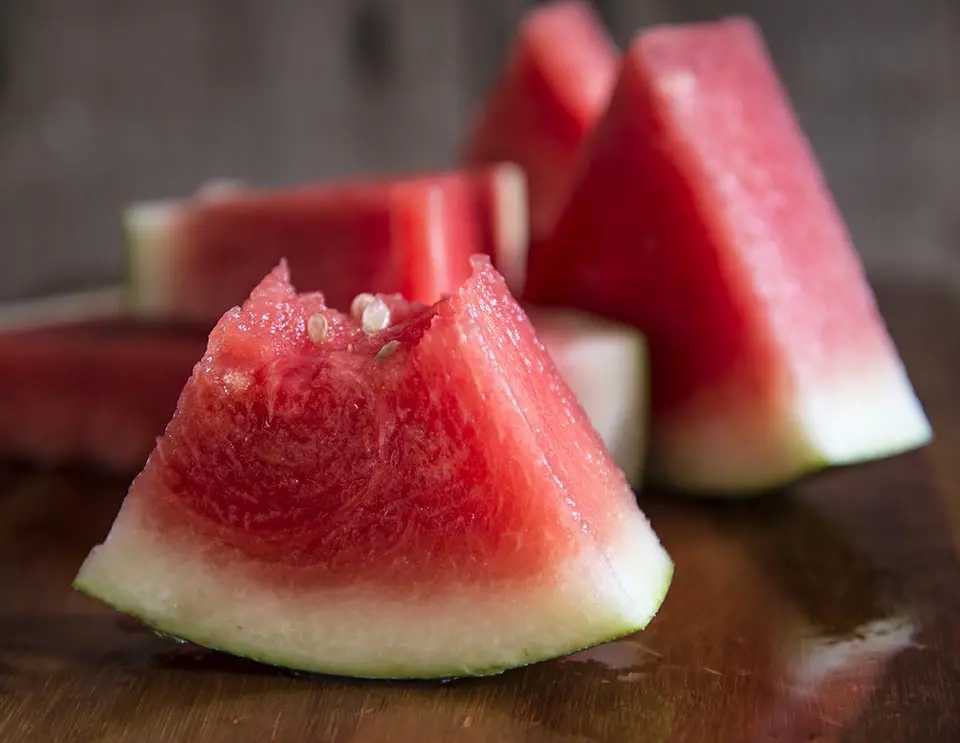
First off, I’m not a huge fan of fruits to break a fast. I love fruits, but they contain fructose. Even though, when breaking a fast with fruit, your body will actually break down the fructose to restore your glycogen stores, since they’ve been emptied by the fast, it’s still not the best source of energy.
That being said, while I would advise when eating fruit to get something that’s also rich in fiber, like an apple, watermelon could be a great way to break a long fast with semi-solid food.
Watermelon is more than 91% of water. Thus, making it really easy to eat and digest and it could be a great way to gradually starting to eat again.
9. Banana
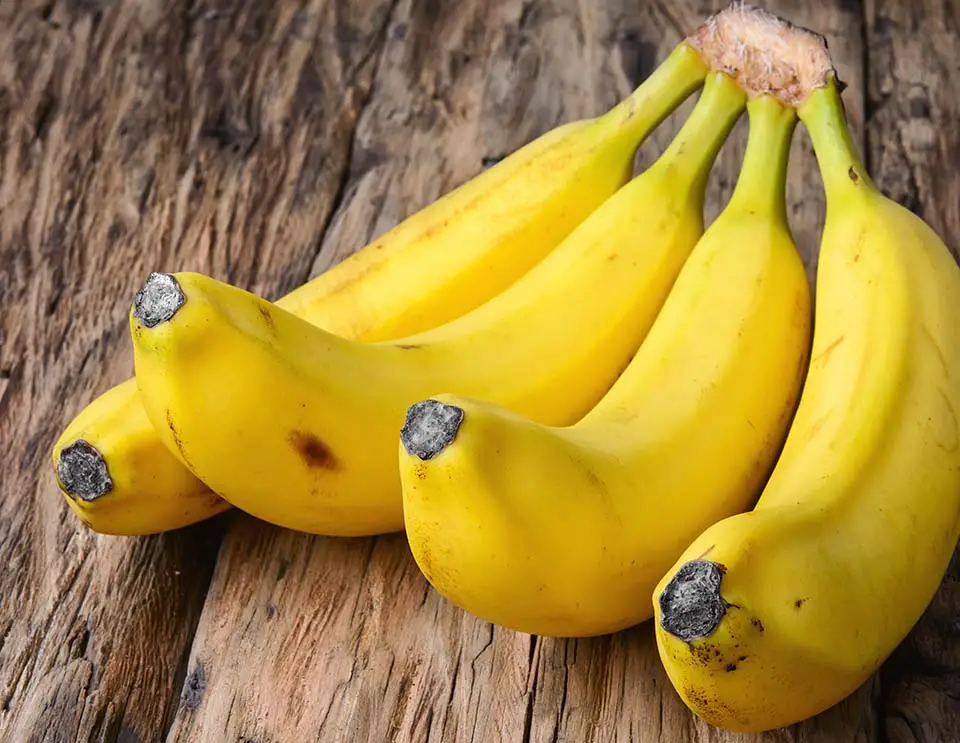
As I said earlier, fruit might not be the best way to break a fast, because of the way fructose is metabolized in our body. But after some reading, I can say that banana could be a good food to break a fast.
If you’re not doing keto, Banana is rich in good healthy carbs to kick you out of ketosis the right way, it’s also rich in fiber, some of them like butyrate might actually be good for your gut bacteria and it includes several vitamins and minerals like potassium, vitamin B6 and vitamin C.
Since it’s high carb and pretty high sugar, bananas could help raise blood sugar after a long fast, especially if you’re feeling down or tired from ketosis.
10. Unsweetened Yogurt, Sauerkraut, Kimchi
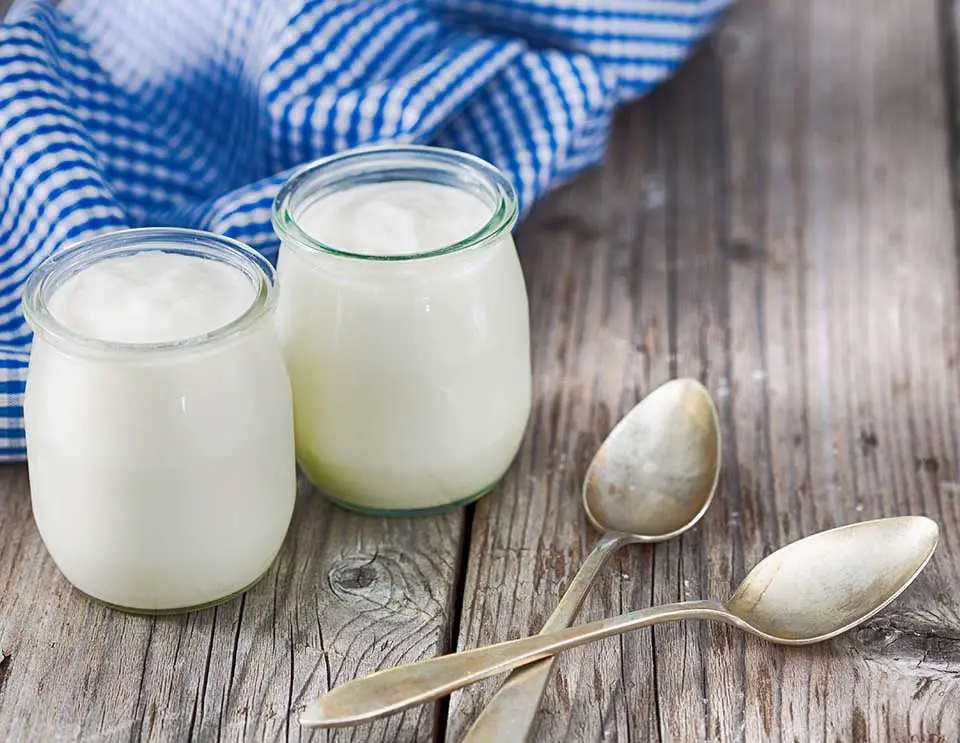
Fermented foods are great for your gut bacteria. After fasting for a few days, eating fermented foods will help your digestive tract to be repopulated with good bacteria and enzymes that it was stripped off from the fast.
It’ll make it easier for you to digest food, thanks to these probiotics. Maybe start with fermented kale such as Kimchi or sauerkraut. If you opt for Kimchi don’t make it too spicy since it could upset your stomach.
Wait until you feel ready for dairy before eating yogurt.
11. Avocado
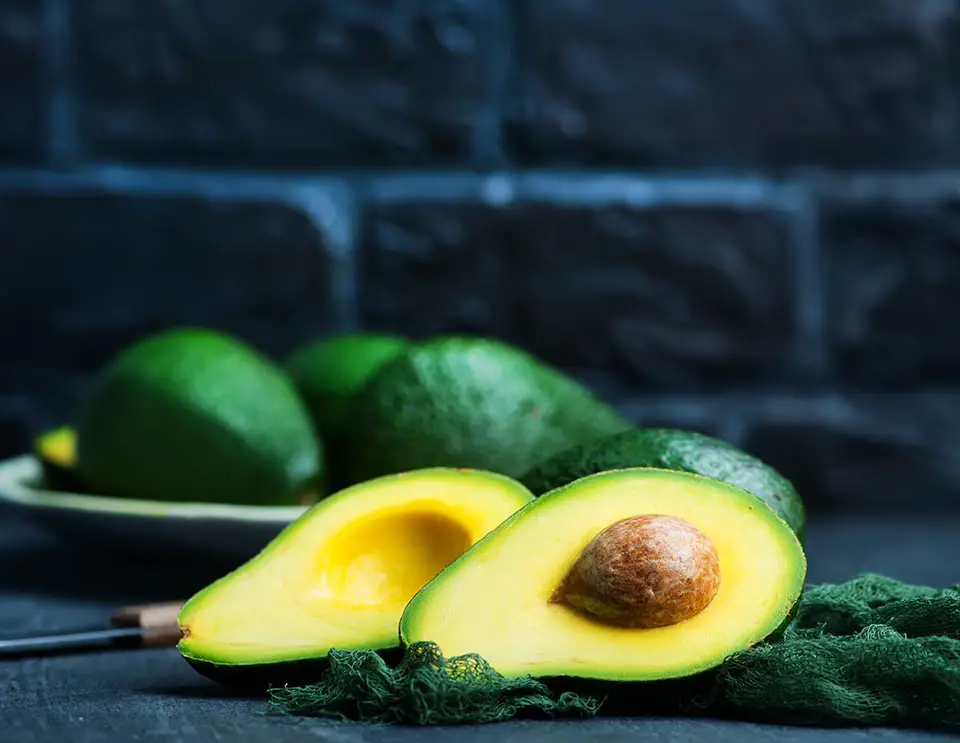
Avocado is known to be the world’s fattiest fruit and, yes, it’s a fruit, not a vegetable. It’s actually a large berry.
Avocado is great for breaking a fast, since it’s really low in calories, but rich in healthy omega-6 and omega-3 fat. Avocado is full of antioxidants, minerals, and vitamins including:
- Vitamin K
- Vitamin B6
- Vitamin E
- Vitamin C
- Copper
- Potassium
- Folate
Moreover, it has a huge amount of pantothenic acid, which is a complex B vitamin and one of the most important ones. Without it, you wouldn’t be able to use macronutrients as efficiently.
When you break a fast with avocado, you get all those nutrients, a high dose of pantothenic to help you use them as energy, a lot of good healthy fat (similar to MCT oil)
I read in an article that avocado could sometimes be hard on the digestive system. It may come from fermentable oligo-, di-, monosaccharides and polyols (FODMAPs), which are short-chain carbohydrates.
Some people are sensitive to FODMAPs and will have a hard time digesting it, causing stomachache, bloating and other unpleasant symptoms.
Other than that avocado is a very easy fruit to digest, if you’re not sensible to FODMAPs.
Conclusion
There are definitely wrong ways to break a fast and the longer the fast, the more you have to be thorough on your research on what to eat when breaking it.
Breaking fast the wrong way can be hard on your digestive system, stomach, intestines and even your energy levels and overall mood. You should not eat whatever you want when breaking a 7 day fast for example.
What I’d advise you is to take all these different types of food into account and:
- Cook the ones you like the most (since it’s important to enjoy your meal too)
- Eat the ones you’re sure will not put a strain on your digestive system. I personally know I better avoid cauliflower on my first meal
Your first meal should be light, around 500 calories, and it could depend on your habits and why you’re fasting. If you do a lot of exercises, maybe you’ll prioritize keeping and growing muscles, so the first food you might go to will be eggs and maybe bone broth.
To me the 3 foods I would always recommend when breaking a fast will be apple cider vinegar before the end of the fast, bone broth and eggs. With these 3 I don’t think you can go wrong, everything everywhere indicates that it’s a great way to break your fast.
If you did a really long fast (more than 10 days), then maybe I’d tell you to skip the eggs and replace it with a kale/spinach smoothie or a watermelon.
As always, you’re also free to experiment, everybody’s different, but based on nutritional facts, this list should be pretty accurate!


